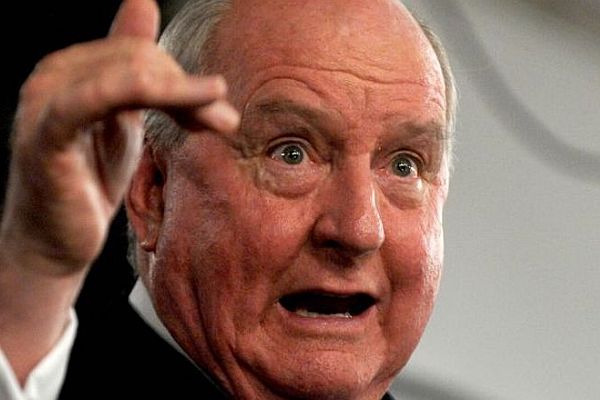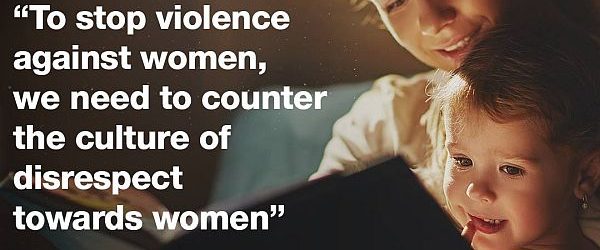Gendered hate speech has the power to cause behavioural and attitudinal change, prompting an unconscious belief that women are inferior to men. Australian and British philosopher Rae Langton is among those who believe that speech does more than expressing ideas that may or may not be true. Instead, she says, language enables norms to be altered and for certain attitudes and actions to become permissible or, less permissible. Viewed in these light, the recent comments by Alan Jones undoubtedly incite violence towards women. For when an utterance evokes imaginary acts of violence, it has the potential to make its language and, by extension, the ensuing actions permissible, breaking down the distinction between language and action.
Rae Langton utilises J.L Austin’s philosophy of language to understand the concept of authority and hate speech, which can be extended to gendered hate speech. According to the theory, language can have ‘locutionary,’ ‘illocutionary’ and ‘perlocutionary’ functions. Locutionary acts are performed when one utters a sentence that has a specific meaning that is widely understood. An illocutionary act is speech intentionally promising, persuading or commanding an action. For example, when Alan Jones commented ‘I just wonder whether Scott Morrison is going to be fully briefed to shove a sock down her throat,’ a locutionary act has occurred, and the threat is contained in the description of the act rather than its successful performance. A perlocutionary act takes place when the act of hate is committed. So, if someone physically acts upon Jones’ encouragement to shove a sock down Prime Minister Jacinda Ardern’s throat, the perlocutionary act has occurred. These acts together, advocate hate and cause hateful actions.
This is not an unrealistic claim when reflecting on the 2005 Cronulla riots. On this occasion, Jones not only used racist hyperboles to incite hatred towards the Lebanese community. He also read a text message on-air that encouraged the meeting at Cronulla to ‘bash’ members of the Lebanese community. So, the illocutionary act of detailing the event and reading the text message which promoted ‘bashing’ Lebanese people, combined with using racist language in the lead-up to reading this text message on-air, incited acts of hate.
Continuous use of gendered hate speech in public enables the language to become acceptable in both the private and the public sphere. According to Langton, when hate speech is expressed by figures of social authority such as Jones, it is significant how other authority figures and ordinary people respond. The effects can be either to heighten or decrease the permissibility of the views expressed. In the case of commercial media, advertisers are a critical component. Thus, the increase over the past few years of individuals and groups publicly naming the companies that advertise with problematic media shows. This is partly because an acknowledgment of the greater reliance of media organisations on advertisers for income, as print media profit decreases and free or cheaper online media increases. The definition of permissible language in the media, as it has always been, is what is profitable. We can observe this dynamic across multiple issues, from the #MeToo movement’s impact on advertising, to the Tucker Carlson Show and The O’Reilly Factor losing sponsors because of the misogynistic attitudes and actions of their hosts.
But why is this only taking place now? The answer may lie in the shift from the traditional internal feedback that media organisations previously enjoyed, and which allowed them to turn negative publicity into a positive. Now, however, feedback is unfiltered due to social media, and it is no longer directed only at media organisations but targeted at their advertisers as well.
This shift has contributed to the phenomenon of advertisers wanting to be seen as good corporate citizens. At the same time, campaigners calling out companies who advertise with problematic hosts have led to a new form of free advertising: when a sponsor pulls out of a show, they can claim the ethical high ground and are praised by campaigners, resulting in good publicity. Instead of ultimately suffering a blow to their reputation, companies benefit by condemning the language they used to tacitly profit from.
By publicly monitoring who advertises with Alan Jones, the Mad Fucking Witches social media campaign is making extremely difficult to ignore who is allowing his language to remain profitable and who is helping to make it no longer permissible.
If more brands do not pull out of the 2GB Alan Jones advertising, they are not only choosing profit over ethics, but they are enabling violent language towards women to be continuously normalised. Practicing the language of misogyny and violence on-air with no repercussions is a power that Alan Jones should not be afforded.



